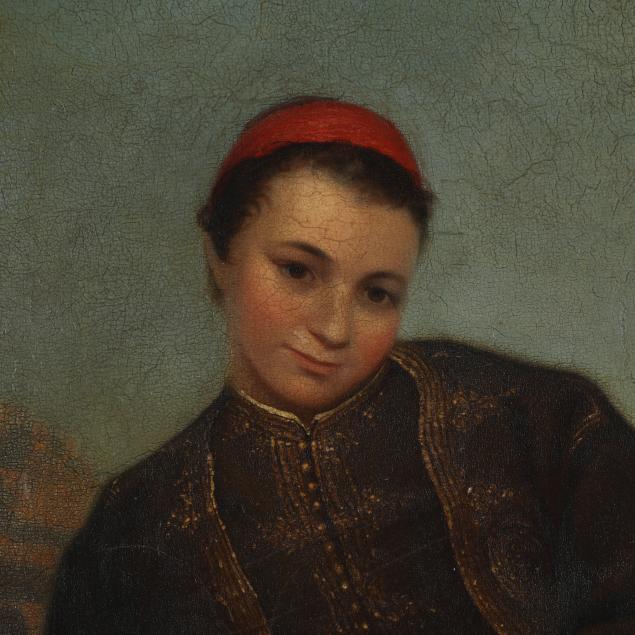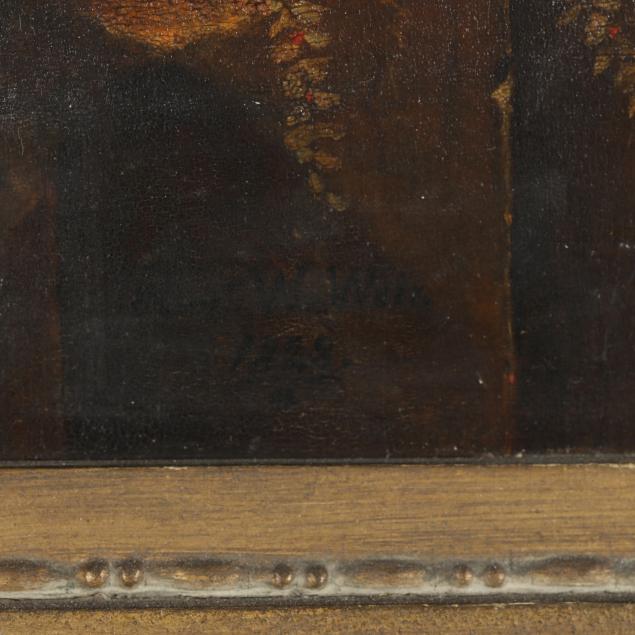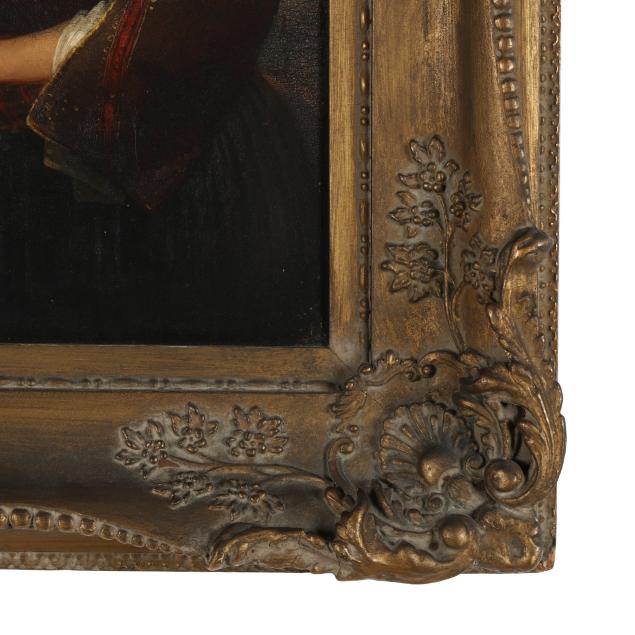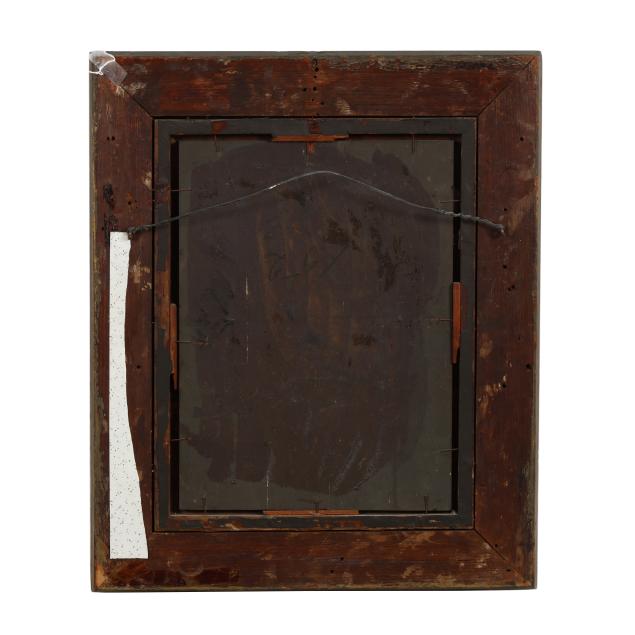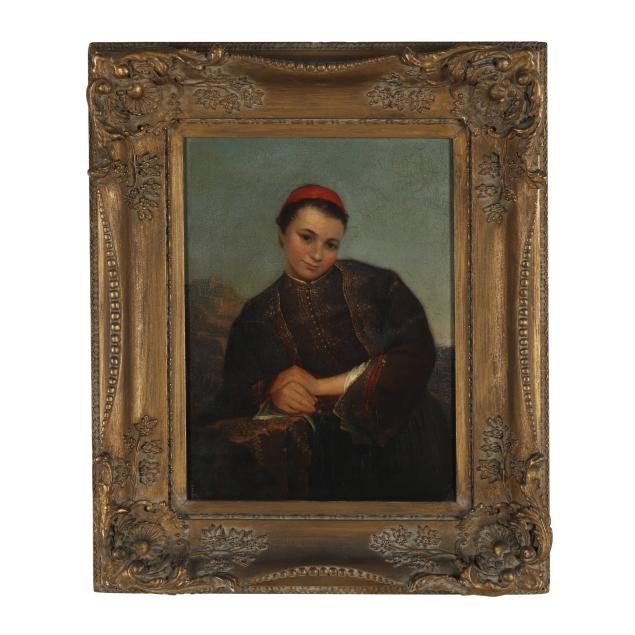
Lot 1098
Robert Walter Weir (American, 1803-1889), Portrait of a Greek Boy
Explore more items like this one.
Visit our Fine Art Department Fine Art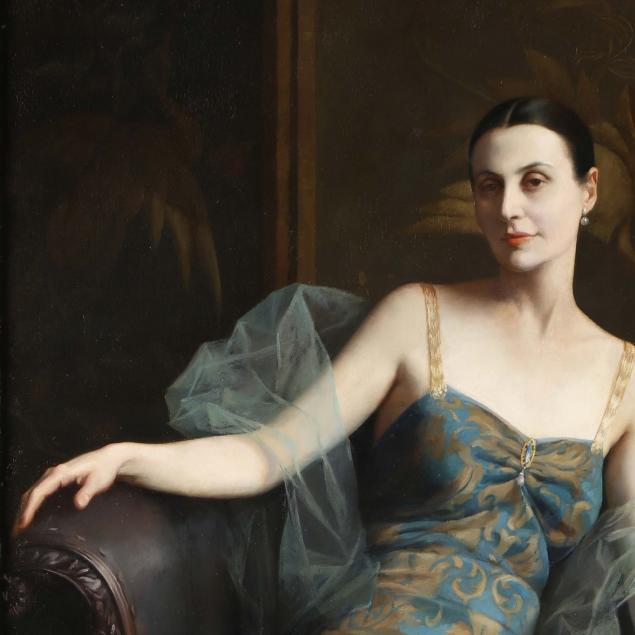
Lot Details & Additional Photographs
Panel 16 x 12 in.; Frame dimensions 23 5/8 x 16 1/2 in.
Originally owned by Samuel Ward Esq.
Exhibited:
The National Academy of Design, 1829.
New York artist Robert Walter Weir taught himself to paint by making copies of Rembrandt prints. He pursued formal studies in Italy from 1824 to 1827, working first in Florence with Pietro Benvenuti and moving on to Rome before returning to America. Weir opened a studio in New York and was elected to the National Academy of Design in 1829. He taught drawing at the United States Military Academy beginning in 1834. His students included Ulysses S. Grant, Seth Eastman, and James Abbott McNeill Whistler. From 1843 to 1876, Weir painted landscapes in the Hudson River style, portraiture, history, and genre paintings. Weir suffered a severe illness in 1866, which slowed the pace of his career. He was the father of artists John Ferguson Weir (1841-1926) and J. Alden Weir (1852-1919).
This painting was said to have been inspired by the young Christos Evangelides (1815-1881). A refugee from the Greek War of Independence, he was brought to the United States. He stayed with Peter Stuyvesant and New York banker Samuel Ward. Under Ward’s patronage, he founded “The Philomathian Society” at New York University, and attended Columbia College, where he graduated in 1836. In New York he was in circles with prominent Philhellenes and Abolitionists such as William Cullen Bryant and Julia Ward Howe. During this time, he inspired William Cullen Bryant's poem The Greek Boy and the accompanying portrait by the same title by Robert Weir.
Age and traction cracking, very light retouching, the surface with minor scuffs.

